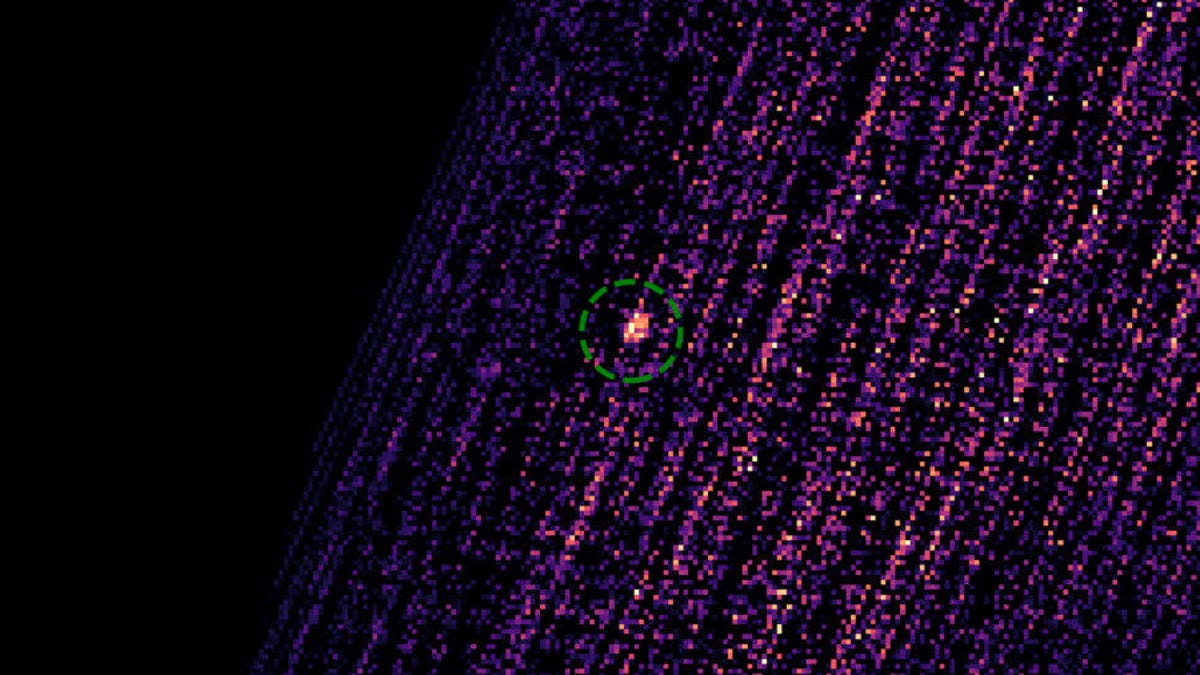Students spot black hole surprise during NASA asteroid mission
This was the "first such outburst ever detected from interplanetary space."
NASA's Osiris-Rex mission is busy checking out the asteroid Bennu. But last fall, it accidentally caught sight of an unexpected cosmic phenomenon when it detected an outburst from a newly discovered black hole located 30,000 light-years away.
The spacecraft's Regolith X-Ray Imaging Spectrometer instrument was built by students and researchers from MIT and Harvard. It's meant to measure X-rays emitted by the asteroid, but it inadvertently picked up a showy flare of X-rays from a black hole now named MAXI J0637-430.
This NASA visualization uses data collected by the REXIS instrument to show the black hole X-ray outburst.
An instrument on board the International Space Station had spotted the black hole for the first time just a week before REXIS did.
"REXIS, on the other hand, detected the same activity millions of miles from Earth while orbiting Bennu, the first such outburst ever detected from interplanetary space," said NASA in a statement Friday.
REXIS was observing the space around Bennu on Nov. 11 when it saw the black hole's flare-up. NASA released a GIF showing a visualization of the outburst.
"Detecting this X-ray burst is a proud moment for the REXIS team. It means our instrument is performing as expected and to the level required of NASA science instruments," said MIT graduate student Madeline Lambert.
Black holes can generate X-ray bursts like this one when they pull in matter from companion stars. NASA likens this cosmic activity to "a raucous choir singing in the language of X-rays." That means the REXIS team unexpectedly captured quite a performance emanating from MAXI J0637-430.
Meanwhile, NASA is still planning to send Osiris-Rex down to the surface of Bennu for a daring grab-and-go sample collection escapade. If it works out, then the spacecraft will bring a bit of Bennu back to Earth in 2023.


